Only a fraction of the planet’s surface will be habitable to mammals when the next supercontinent, Pangaea Ultima, forms.
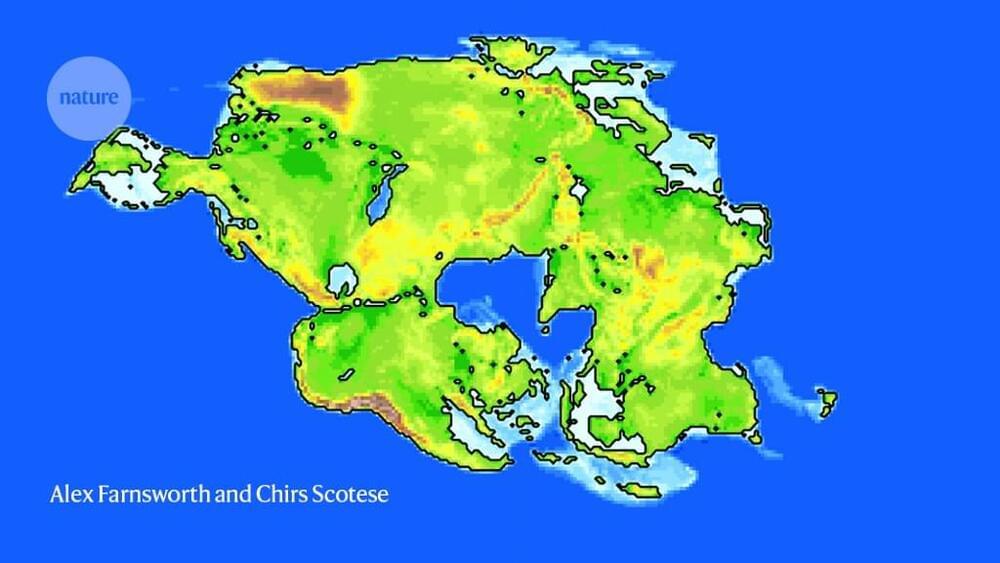

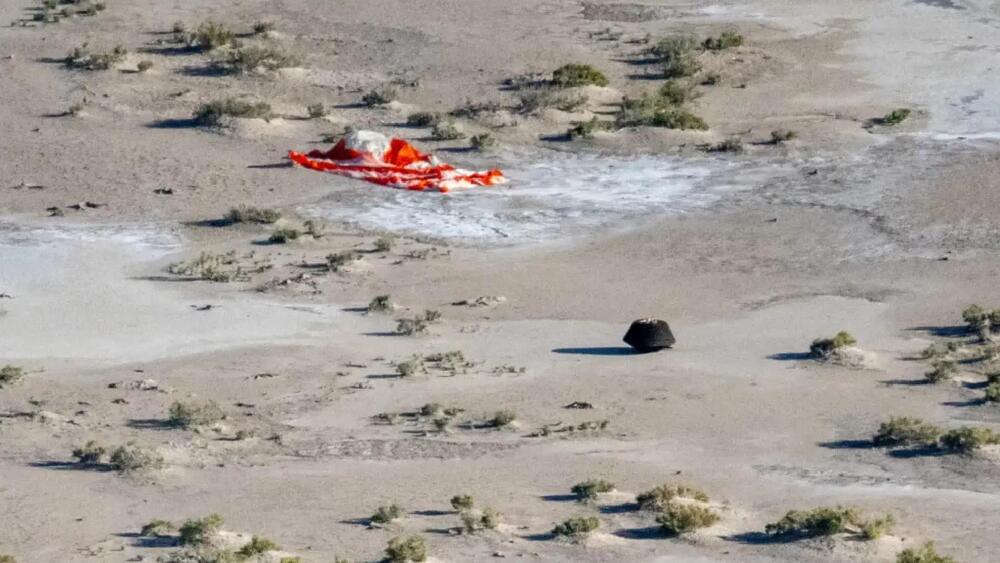
NASA Celebrates Arrival of OSIRIS-REx and Bennu Asteroid Samples on Earth
In a historic moment that marks the culmination of a seven-year interstellar odyssey, NASA’s OSIRIS-REx spacecraft has successfully delivered its first precious cargo to Earth. The long-awaited rendezvous with the asteroid Bennu has yielded a treasure trove of samples that are now undergoing meticulous examination by scientists and researchers.
The momentous touchdown occurred on Sunday, September 24, at the Department of Defense’s Utah Test and Training Range. Subsequently, the valuable package was carefully hoisted onto a waiting helicopter before embarking on the final leg of its journey to a high-security clean room. Access to this pristine environment is strictly limited to a select group of six individuals.

The backbone of the translation feature is OpenAI’s voice transcription tool Whisper, which can both transcribe English speech and translate other languages into English. But Spotify’s tool goes beyond speech-to-text translation — the feature will translate a podcast into a different language and reproduce it in a synthesized version of the podcasters’ own voice.
“By matching the creator’s own voice, Voice Translation gives listeners around the world the power to discover and be inspired by new podcasters in a more authentic way than ever before,” Ziad Sultan, Spotify’s vice president of personalization, said in a statement.
OpenAI is likely behind the voice replication part of this new feature, too. The AI company is making a few announcements this morning, including the launch of a tool that can create “human-like audio from just text and a few seconds of sample speech.” OpenAI says it’s intentionally limiting how widely this tool will be available due to concerns around safety and privacy.”
A partnership with OpenAI will let podcasters replicate their voices to automatically create foreign-language versions of their shows.
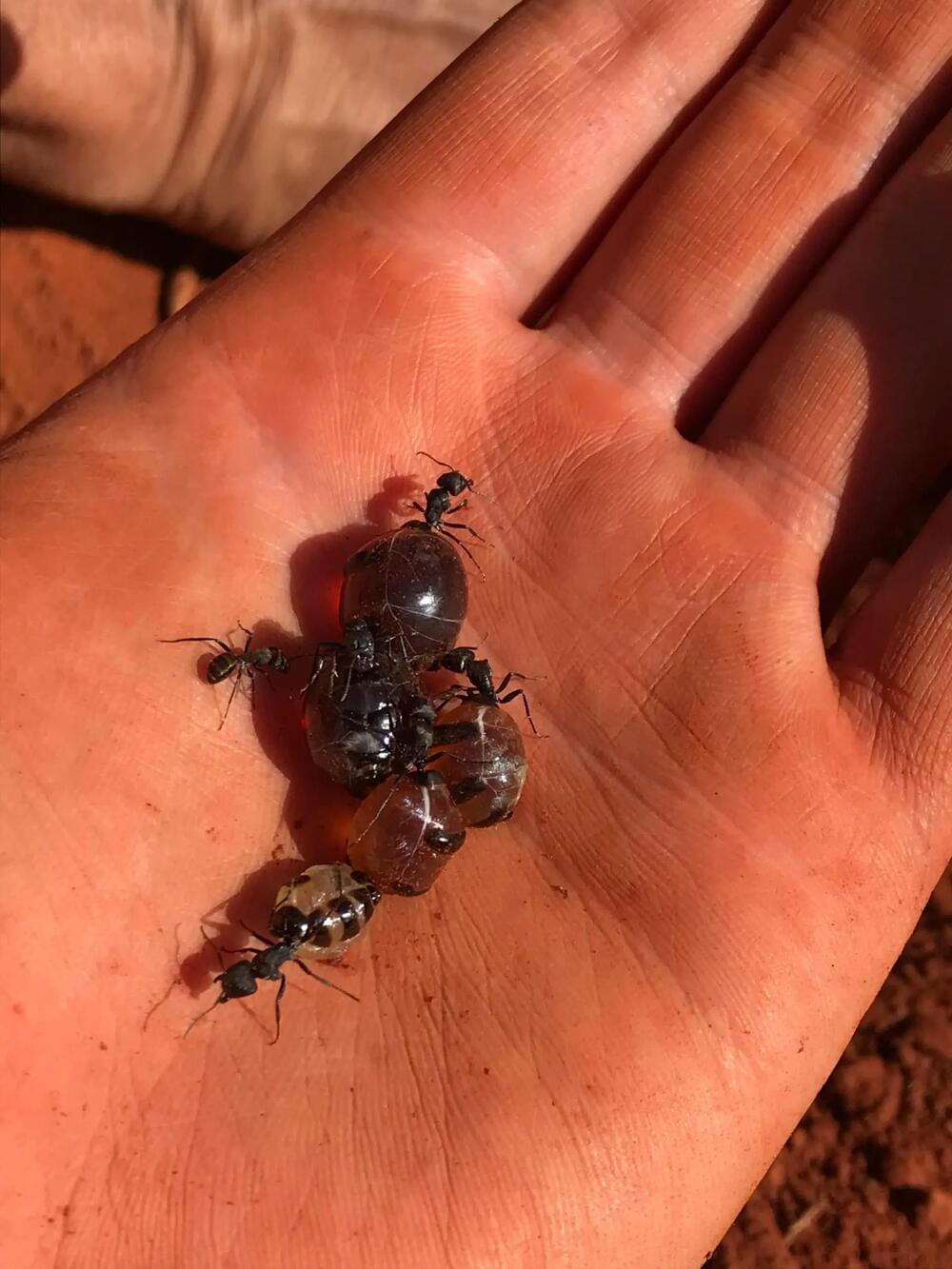
Researchers have found that the honey produced by ants native to Australia possesses unique anti-microbial activity against bacteria and fungi that could make the liquid useful medicinally.
The study, which was recently published in the journal PeerJ, was led by Andrew Dong and Dr. Kenya Fernandes from the Carter Lab at the University of Sydney. The lab is under the guidance of Professor Dee Carter from the School of Life and Environmental Sciences and the Sydney Institute for Infectious Diseases.
The team studied the Australian honeypot ant, Camponotus inflatus, which is found throughout desert areas mainly in Western Australia and the Northern Territory.
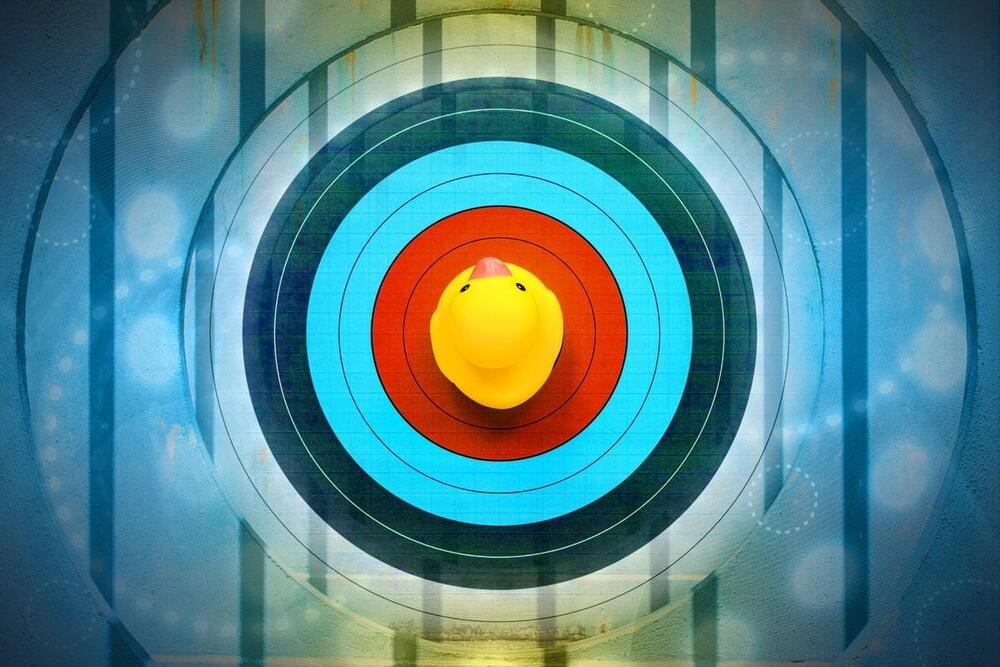
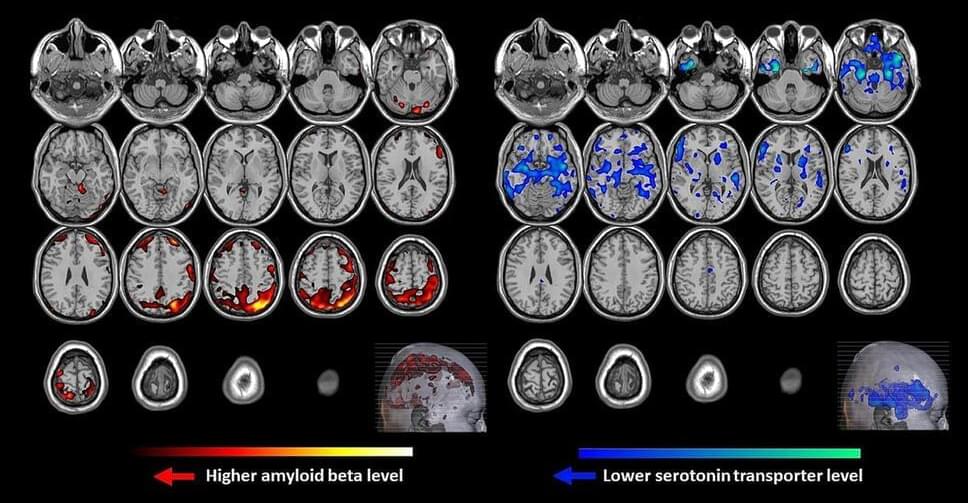
Image from a Johns Hopkins Medicine study showing PET scans from brains of people with and without late-life depression. The brains of patients with late-life depression show more yellow to red regions (scans on the left), indicating higher amyloid beta protein levels, and more blue regions (scans on the right), indicating lower serotonin transporter levels. Both imaging measures are markers of late-life depression. Credit: Graphic adapted from Smith et al, Nature, Sept. 13, 2021.
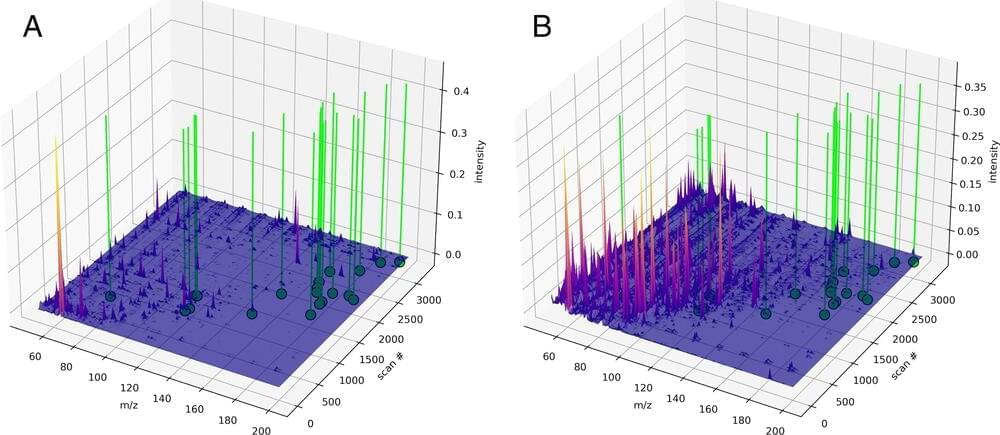
The search for definitive biosignatures—unambiguous markers of past or present life—is a central goal of paleobiology and astrobiology. We used pyrolysis–gas chromatography coupled to mass spectrometry to analyze chemically disparate samples, including living cells, geologically processed fossil organic material, carbon-rich meteorites, and laboratory-synthesized organic compounds and mixtures. Data from each sample were employed as training and test subsets for machine-learning methods, which resulted in a model that can identify the biogenicity of both contemporary and ancient geologically processed samples with ~90% accuracy. These machine-learning methods do not rely on precise compound identification: Rather, the relational aspects of chromatographic and mass peaks provide the needed information, which underscores this method’s utility for detecting alien biology.
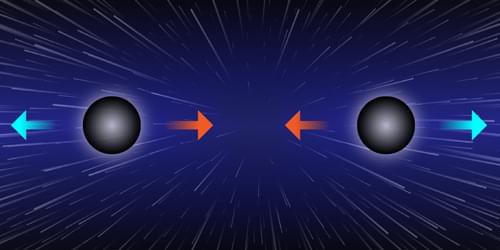
Black holes may be less unique than previously thought, as the expansion due to a cosmological constant can hold apart a pair of holes and allow them to mimic a single black hole.
Black holes are astonishing objects that can pack the mass of Earth into a space the size of a pea. A remarkable attribute is their stunning simplicity, which is encapsulated in the celebrated uniqueness theorems [1]. Briefly stated, these theorems say that there is only one solution to Einstein’s equations of general relativity for a fully collapsed (nonevolving) system having fixed mass and angular momentum [2]. The implication is that all black holes that have settled down to equilibrium with the same mass and rotation are precisely the same: their entire behavior described by a single equation—the so-called Kerr solution—filling only a few lines of paper!
But there is a catch. The uniqueness theorems make a number of assumptions, the key one being that the space around the black hole is “empty”—in other words, there is no energy that might influence the black hole. Such energy can arise from fields, for example, those of the standard model, or from a “cosmological constant,” which is a form of dark energy that might be behind the accelerated expansion of our Universe today. In a fascinating study, Óscar Dias from the University of Southampton, UK, and colleagues demonstrate that uniqueness is violated in the presence of a positive cosmological constant [3]. Specifically, they show that a pair of black holes whose mutual attraction is balanced by the cosmic expansion would look the same to a distant observer as a single isolated black hole. The results may lead to a rethinking of how simple black holes really are.

The new feature is part of a round of updates for OpenAI’s app, including the ability to answer questions about images.
First, ChatGPT now has a voice. Choose from one of five lifelike synthetic voices and you can have a conversation with the chatbot as if you were making a call, getting responses to your spoken questions in real time.
ChatGPT also now answers questions about images. OpenAI teased this feature in March with its reveal of GPT-4 (the model that powers ChatGPT), but it has not been available to the wider public before. This means that you can now upload images to the app and quiz it about what they show.

And it will pay legal fees if its customers end up in any lawsuits about it.
Getty Images is so confident its new generative AI model is free of copyrighted content that it will cover any potential intellectual-property disputes for its customers.
The generative AI system, announced today, was built by Nvidia and is trained solely on images in Getty’s image library. It does not include logos or images that have been scraped off the internet without consent.